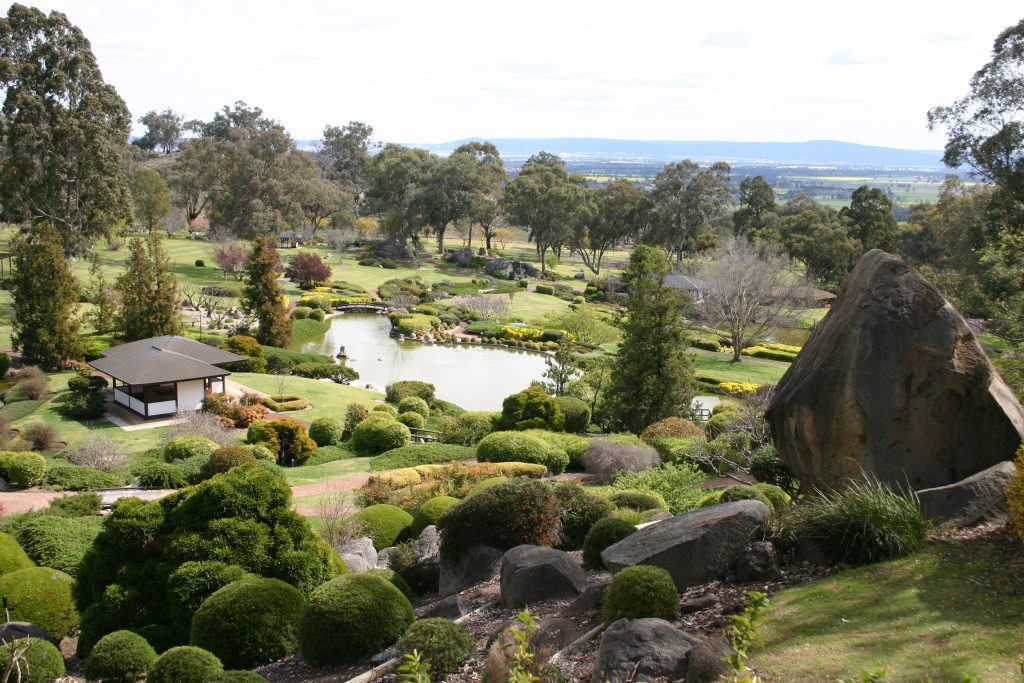While there have been many excellent studies on colonial penal environments in the Asia Pacific region, mainly prisons, very few scholars have approached the wartime internment and prisoner of war camps associated with the Pacific War as comparable carceral spaces that might offer deeper insights into imperial and national forms of political sovereignty and border conflict. There are few comparative studies across geographical areas or imperial regimes. Sarah Kovner’s book Prisoners of Empire: Inside Japanese POW Camps (Harvard University Press 2020), though focused on Japanese military imperialism, is important for that focus, and increasingly, several anthologies have offered us a similar analytical breadth by juxtaposing numerous national perspectives. The Architecture of Confinement: Incarceration Camps of the Pacific War (Cambridge University Press, 2022) is similarly ambitious in its scope. It uses the arc of the Pacific Basin to frame a comparative study including Australia, Singapore, North America and Japan as important nodal points in the wartime incarceration camp geography. Its aim is to investigate the impact of the war on settler societies, more so than on the imperial contestants dominating both theatres of World War II.
My own interest is in exploring how wartime events shaped settler societies’ approaches to sovereignty; to land, labour and capital with respect to migrant identities. Can wartime incarceration offer us any clues into their respective attitudes to citizenship and civil liberties; their racial or ethnic politics? Is there something to be learned from the ways in which incarceration is instrumentalised for border control? Can we get past national histories focused on perpetrators and victims? How does architecture mediate expressions of political sovereignty, and what are the material and cultural articulations of that relationship? The fact that both authors for this book, myself and Lynne Horiuchi, are diasporic/minority scholars may explain why such questions are raised.

Lynne Horiuchi is a Japanese American scholar and friend, whose several decades of work on the Japanese American incarceration environments in the USA gave me tools useful for placing this topic within struggles for civil liberties, rather than as a subset within imperial histories of the war. After the Japanese attack on Pearl Harbour in December 1941, the US government used EO9066 to incarcerate 120,000 immigrants and citizens of Japanese descent, sending them to 10 purpose-built so-called relocation centres, a euphemism for incarceration camps. Australia likewise incarcerated over 25,000 Prisoners of War (POWs) and approximately 15,000 internees across the duration of the conflict, including a much smaller number of 1141 Japanese residents including naturalized subjects mainly from among the pearling communities in Broome and Darwin and 3160 from among the Japanese diaspora in neighbouring Pacific Island countries. Other immigrant nationals from European nations, either within the Axis partnership like Germans and Italians, or from the countries that were being annexed by the Nazis, were likewise incarcerated in Australia in adjacent camps, several of them closed to farming communities away from major cities. These camps were designed as carceral facilities: barrack environments surrounded by barbed wire fences with search lights trained inward. While similar camps were also built in Japanese occupied Asian territories, they were largely associated with existing military environments, such as at Changi cantonment, Changi Prison in Singapore, and other available institutions, because of the related costs of constructing and maintaining these facilities. In Japan, many camps were associated with factory sites where prisoners were used for war industries. In Aotearoa New Zealand they repurposed quarantine stations and military camps; in Canada, Japanese Canadian internees help build domestic ‘shacks’. Each government’s approach to incarceration is revealing of attitudes shaped by imperial racial hierarchies, national immigration policies and wartime enmity.

Conversely, if we examine the prisoners’ adaptation of their environments and the everyday material culture they produce, we see culturally inflected strategies of resilience, but also expressions of a modern political consciousness aware of the changing fates of the war. Consider for example the incarceration of a First Nations woman along with her Japanese husband, or diasporic Japanese from New Caledonia; Javanese dissidents; Austrian-Jewish refugees, arriving after two years spent in Singapore. How might we begin to understand the intersectional strands of sovereignty that bind together their national and diasporic identities? Can they be neatly categorised for segregation as Germans, Italians and Japanese? Are their conflicts due to their very different political loyalties, cultural perspectives, modern ideas? Moreover, how did women, elderly men and children experience these camps when compared with young men or military recruits? And what about Italians captured in North Africa arriving via camps in India to work on military farm projects; or Taiwanese, Korean and Japanese POWs captured in New Guinea? How did they adjust to incarceration? A close study of the camp environments offers clues into rich, culturally complex identities that are irreducible to the categories imposed on them in the case of internees, as well as the conflicted national loyalties among prisoners of war groups. The ways in which barracks are converted into homes and garden spaces that simulate familiar environments; the cultural lives sustained through theatrical productions and other recreational and educational activities; and their labour in farms and factories, reveal how conflicting attributes of mid-twentieth century citizenship heightened by incarceration can be traced in the fragile material culture of the camps.

The war in the Pacific was an important phase of Australia’s encounter with Asia and has inflected attitudes to its immediate neighbours since. From around one million servicemen who participated in World War II, over 30,000 were taken prisoner, two thirds of them by the Japanese military, of whom 36 per cent died in captivity. World War II touched many Australian families and brought Asia closer to them in negative ways, but also, in the aftermath of the war, through reconciliatory strategies. Commemorative efforts created the spaces for dialogue initiated by ex-prisoners of war, first on behalf of their comrades but later through growing friendship and mutual empathy. This is evident in many local commemorative spaces related to the wartime camps. In fact, these sites were the starting point for our selection of case studies.
The Architecture of Confinement offers a comparative study of wartime incarceration camps and some prisons, around the Pacific Basin with examples drawn from Australia, Aotearoa New Zealand, Singapore, Japan, USA and Canada, but also touching on related sites on the Burma-Thai railroad and in New Guinea. Individual case studies where local communities and organisations have developed unique commemorative strategies are discussed at length: the Tatura Irrigation and Wartime Camps Museum, Cowra’s POW Camp site, Japanese War Cemetery and Japanese Garden, Changi Museum and Chapel, Manzanar National Historic Site, New Denver’s Nikkei Internment Memorial Centre and the Featherston Peace Gardens among them. During the course of our research I travelled to the USA and Canada, participating in the Manzanar pilgrimage, and attended commemorative events at Singapore, Cowra and Tatura. Lynne travelled with me in the USA and also visited Australia and Cowra. The book is published by Cambridge University Press in the series Studies in the Social and Cultural Histories of Modern Warfare.
This project was funded by an Australian Research Council Future Fellowship Temporal Cities: Provisional Citizenship: Architectures of internment (2015-18) FT140100190 and by a University of Melbourne Establishment Grant.

